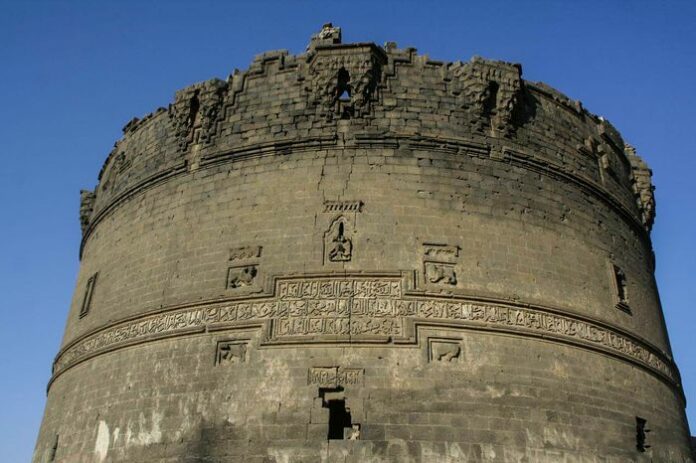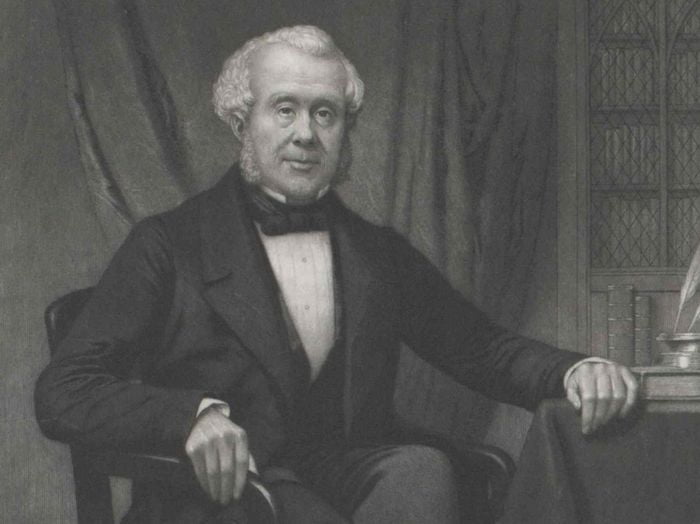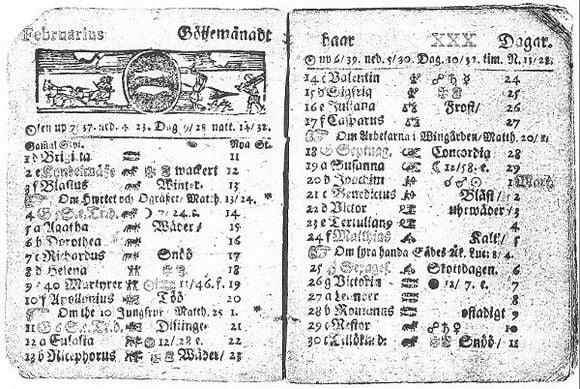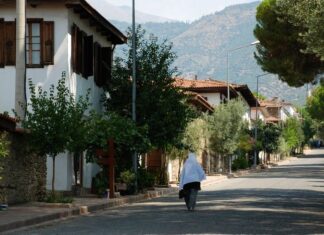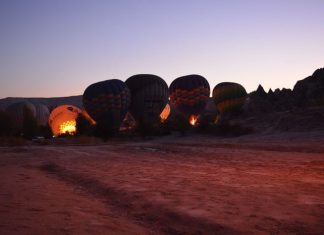Urartu Kingdom and Mount Ararat
Urartu was the name of a kingdom that existed in the 8th and 7th centuries BC, located near the east shore of Lake Van in modern-day Turkey. The name Urartu is related to Ararat, a name mentioned in the Bible. In the Bible, Ararat is known as the place where Noah’s ark came to rest (Genesis 8:4).
Today, the mountain where this is believed to have happened is called Mount Ararat, also known as Ağrı Dağı. It is a dormant volcano that stands at 16,945 feet (5,165 meters), making it the highest mountain in Turkey. The peak is often covered with glaciers and clouds Tours Istanbul.
The mountain lies in the area once controlled by the Urartu Kingdom, which is why it is traditionally linked with the location of Noah’s ark.
Van Kalesi/Tushpa
Ancient Capital of Urartu
Van Kalesi is a castle located on the eastern shore of Lake Van. It is a limestone ridge about 1 mile (1.6 km) long and 230–265 feet (70–80 m) wide. This site was once the capital of the Urartu Kingdom called Tushpa.
The name Van comes from the Urartian word Biainili, which was the name the Urartu people gave their kingdom. Tushpa was named after the Urartian goddess Tushpuea. Today, the site still has Urartian inscriptions and royal tombs, along with buildings added during the Ottoman period.
Susi Temple of Ayanis
Fortress of Ayanis
Ayanis was another Urartian city and fortress located northwest of Van Kalesi on the shore of Lake Van. It sits on a rocky hill about 655 feet (200 m) above the lake and covers 15 acres (6 hectares) The Euphrates River in Prophetic Texts.
The ancient name of Ayanis was Rusahinili Eidurukai, named after King Rusa II of Urartu (who ruled around 678–654 BC). Excavations have found a pillared hall and a susi temple at the site. A susi temple is a type of tower temple with a square design and square buttresses at each corner. It also contains the second-longest Urartian inscription.
Cavustepe
Fortress of Sardurihinili
Çavuştepe is an Urartian fortress located southeast of Van Kalesi, on a limestone ridge overlooking the Gurpinar Plain. The fortress extends for 2,950 feet (900 meters) along the ridge and covers two hilltops.
The Urartian name for this fortress was Sardurihinili, named after King Sarduri II of Urartu (who ruled around 765–733 BC). The fortress included a palace, a citadel, storerooms, and temples.
